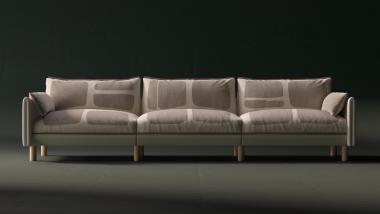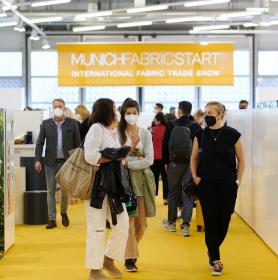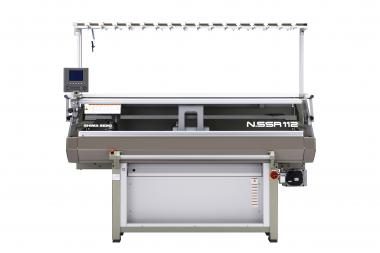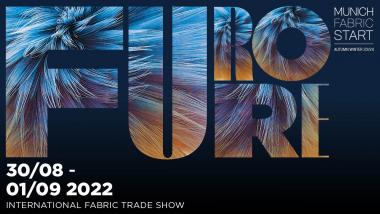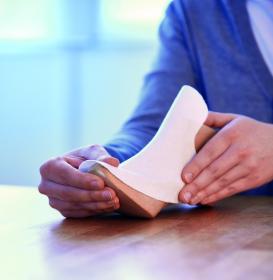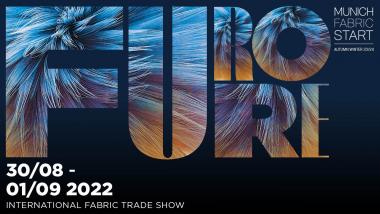Kornit Digital, Cozmo and Raw-Edges present sofa with custom designs
Kornit Digital is collaborating with furniture start-up Cozmo and London design studio Raw-Edges to showcase the unlimited creativity made possible by digitally produced custom sofa jacket designs at the London Design Festival, September 17th -25th. Dubbed “Cheek Prints,” the collection was created sustainably, quickly, and on-demand with Kornit’s digital fashion and textile production solutions. Each unique cover features visually designs intended to transform plain, standard sofas into custom creations with an entirely fresh look and feel. The collection was designed by Raw-Edges at their London design studio.
The sofa collection was produced using Kornit’s Presto direct-to-fabric digital production system. With the on-demand technology, designers can easily and rapidly embrace new possibilities to transform mere concepts into custom fabrics. Digital production removes typical limitations of one fabric, one design at a time – whether it’s a single sofa or many sofas – and at the same cost. For industries ranging from fashion and home décor to other advanced textile applications, the Kornit solution consistently unlocks unlimited creativity – producing garments and fabrics with a high quality and a soft feel.
Kornit / Pr4u


